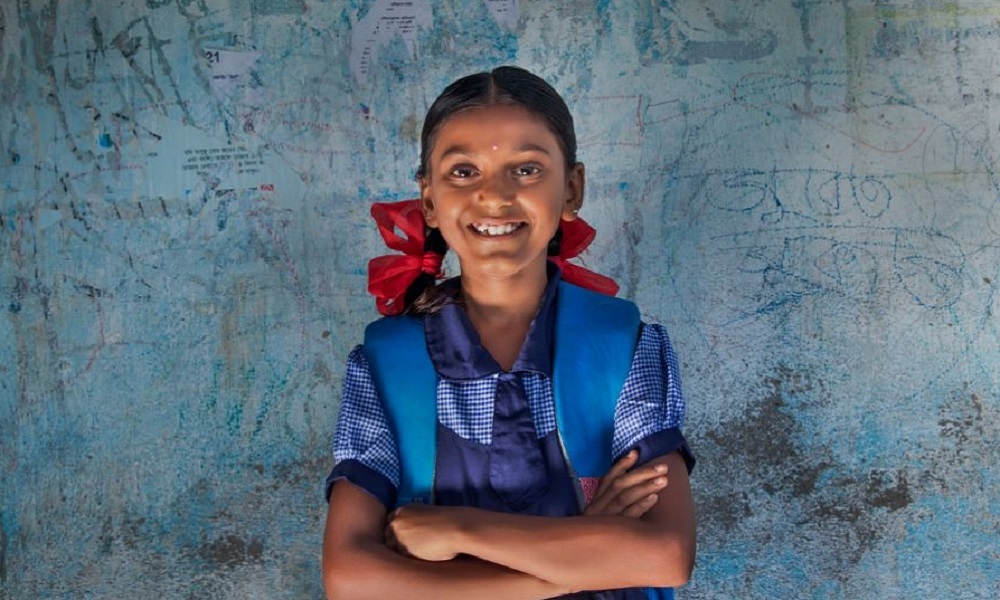Incorporating project-based learning in rural classrooms can be challenging. In this article, TR Gowthama elucidates a practical lesson plan that was used in a village school of Puducherry to teach the theme ‘shelter’.
Teachers in rural schools adopt different teaching approaches that are relevant and culturally sensitive to the students. More importantly, while designing classroom lessons, teachers have to bear in mind that they have limited resources to work with. Hence, teachers in rural schools have to build connections with the local community, tap their networks, and involve them in different education programs.
A Grade 4 teacher teaching in a village Nonankuppam at Puducherry attempted to make the lessons on Environmental Science more engaging. This was done by introducing new learning methods, activities, and partnering with the local community.
According to the National Curriculum Framework 2005, the basic concept of ‘Shelter’ under EVS is introduced in class III, the difference between urban and rural households, slums and multi-storeyed houses are taught in IV, and topography specific houses are taught in V. To teach the topic, the teacher devoted more than two lessons across the grades to describe the theme of shelter. The project-based activity coupled with discussions kept the students engaged and motivated them to learn.
Activity: discussion
(a) Asked the students about the kind of houses they live in.
Students responded by listing out brick houses, sheet houses and mud houses that they have seen in their neighbourhood.
(b) Asked the students to name the rooms inside their houses.
Students said bathroom, bedroom, hall, or kitchen. A few students mentioned that they do not have bathroom/ toilets in their home and they have to defecate in the open. Some mentioned that they use common bathrooms and toilets present outside their houses.
‘There is no toilet in my home, we go out instead’ she gave an impish smile along with a few other girls. ‘Yes, there is a common toilet in our area’ added another.
While some students were responding quickly, others were shy. To improve the interaction in the classroom, the teacher adopted other teaching tools that encouraged participation – video and book reading.
Activity: video
(a) A video (six minutes) was shown to students that narrated the partition of India.
Students were excited to see the real leaders like Nehru, Ambedkar, and Patel. Most of them identified Nehru. As the video depicted the 1947 migration, students identified tents and explained that tents are used temporarily during travelling or in the mountains. They couldn’t say that they were meant for trekking or camping (they didn’t have the exposure to such activities). They understood that cloth and big sticks are used to make them.
Activity: book reading
(a) After the video, students were divided into groups of three and each group was given one story book. They read the story and discussed the characters in it.
The story book First House is a short graphical story written in Tamil. It is about two cavemen in Arunachal Pradesh who come out of their cave and build their first ever house. They seek help from their forest friends, animals and reptiles, for building their house.
Students read the story. They helped their friends who struggled to read. The teacher sat with each group for some time and interacted with them to understand the progress.
One group completed the story earlier than others and started playing. They were given another book to read Finding India. It had some fun facts and riddles about each state in India. Students were asked to spot Arunachal Pradesh on the map and read the given information about the state.
After reading, students discussed the materials used for building different kinds of houses. They understood that tents are made of cloth and sticks and are temporary houses, while brick and cement are used for permanent houses. They discussed sheet and mud houses. When asked, they pointed out that brick houses were strongest out of all as it could withstand heavy wind and rain.
(b) The teacher asked questions to gauge the level of understanding and the lesson outcome. For instance, they asked if brick houses experience greater damage compared to mud houses during an earthquake.
Students thought about it for a while and responded that brick house members experience greater damage. They said that people in tent or mudhouse could escape with minimal injuries, which is not the case with those living in brick houses.
The teacher asked again, ‘Oh really? So you mean to say that we must choose tent over brick houses for living as it is safe during earthquake?’
Some answered ‘no’ as they preferred stronger brick houses over tents. But some were unsure and thought hard about the point mentioned by the teacher.
Activity: exploration
(a) The earlier activities made it evident that students had the ability to identify different kinds of houses present in their village. An explorative exercise was designed that provided opportunity to students to interact with the local community and know more about the houses. They were divided into two groups, and each group focused on their own area for exploration.
During their exploratory stroll, they also met carpenters working in a shed. They understood that carpenters make artefacts with wood and they quickly started interacting with them.
'What do you make – sofa, wardrobe, or chair?' 'How long does it take you to make them?' 'What wood are you using? – Neem or Sal?' 'How long do you work?' 'Where do you live?'
When the students saw a house under construction, they asked the workers what material was being used to build the house. They learnt that the permanent houses need brick, cement, sand, aluminum sheet, gravel stones, and water during construction.
After coming back to the classroom, groups exchanged photographs and shared their experience and learning. The teacher added details to help students understand why people migrate or why constructing a toilet or kitchen is important.
Activity: photography exhibition
The pictures taken by the students in the previous activity were printed and displayed in the classroom. Students and teachers from other classes attended the exhibition. The local community was also invited, they saw the photographs of their home and appreciated the children. Such activities help children to learn by interacting with their peers and local community. The project-based activity taught them about the different kinds of houses in their neighborhood and the stories of the families living in them
Acknowledgement: This story was captured by the author during his project visit under an Azim Premji Foundation intervention that aims at professional development of teachers. The classroom teacher with support from the intervention designed this project-based classroom lesson. The author is thankful to G Subashini, the primary school teacher in Puducherry, who participated in the intervention.
A version of this article first appeared in the print magazine Teacher, distributed in India, in April 2019.
References
NCERT. (2005). National Curriculum Framework. NCERT.



